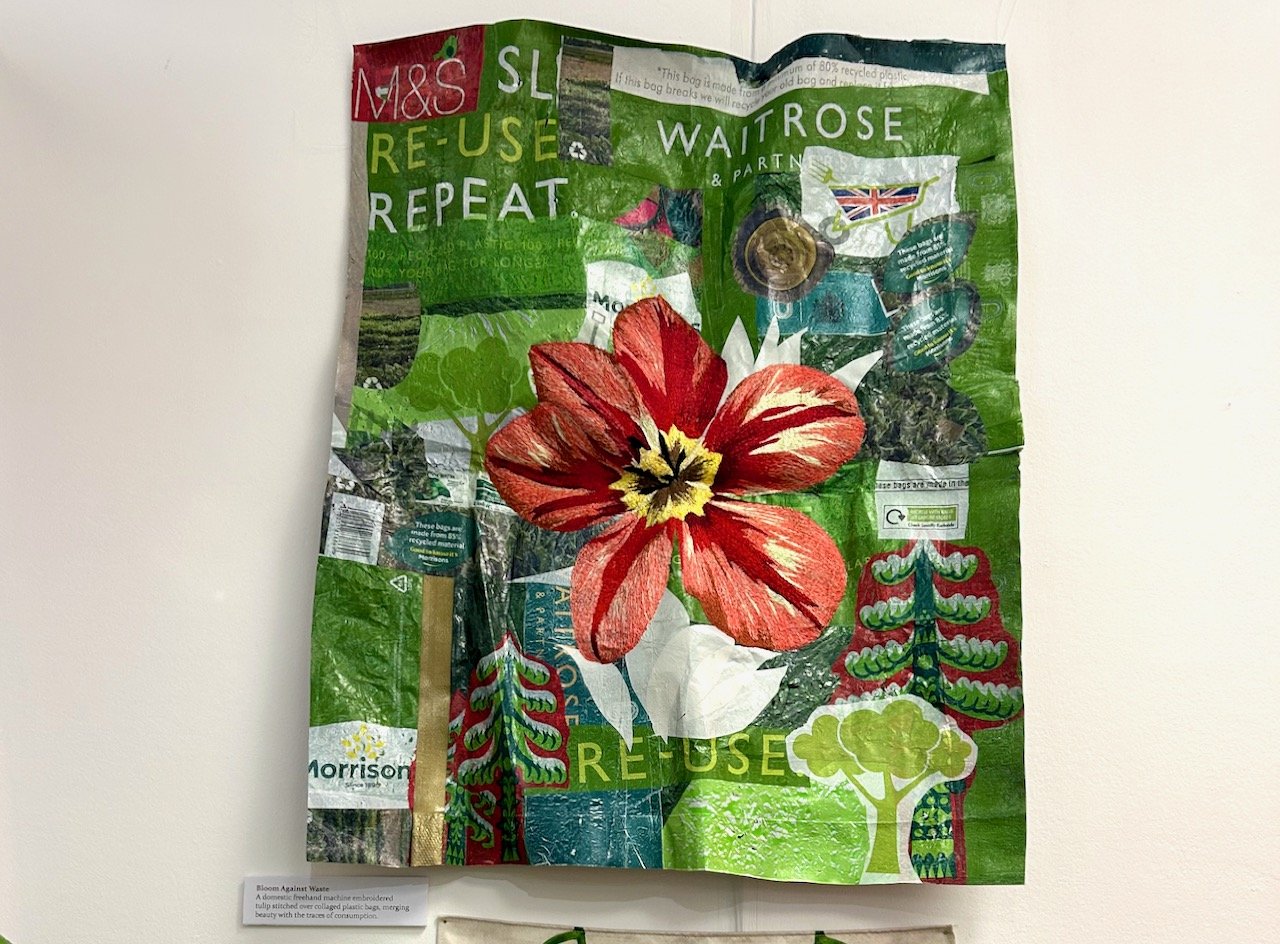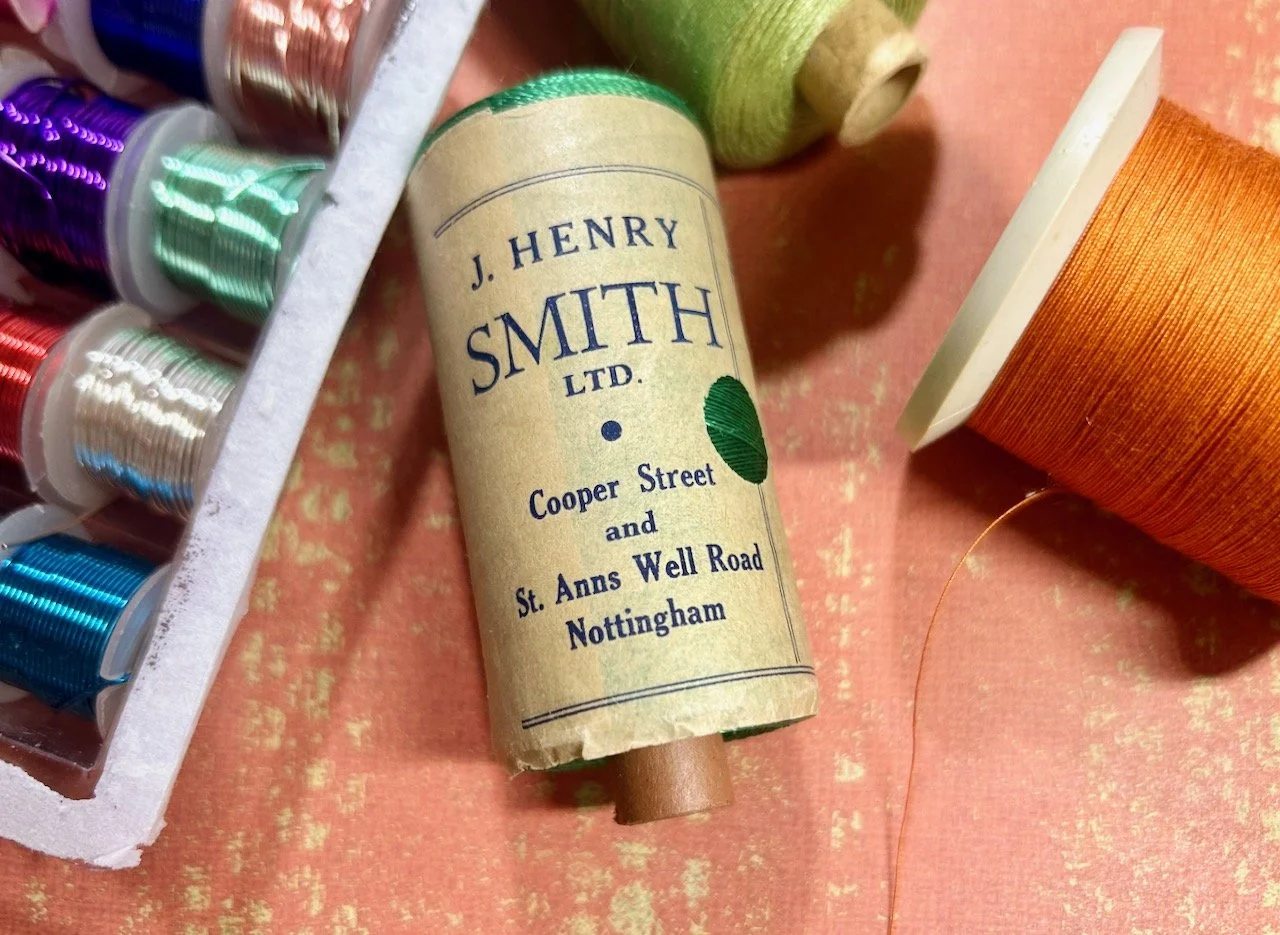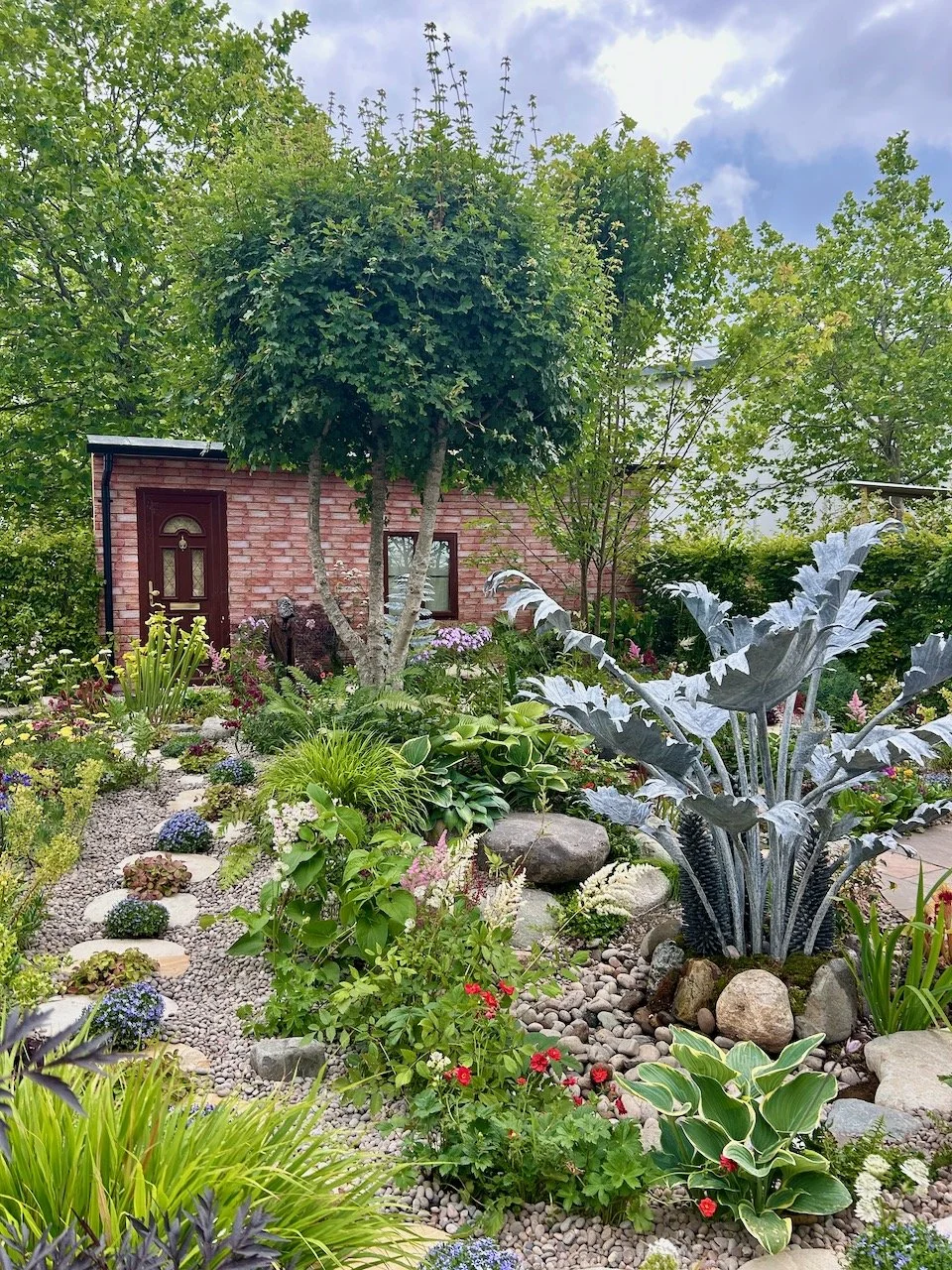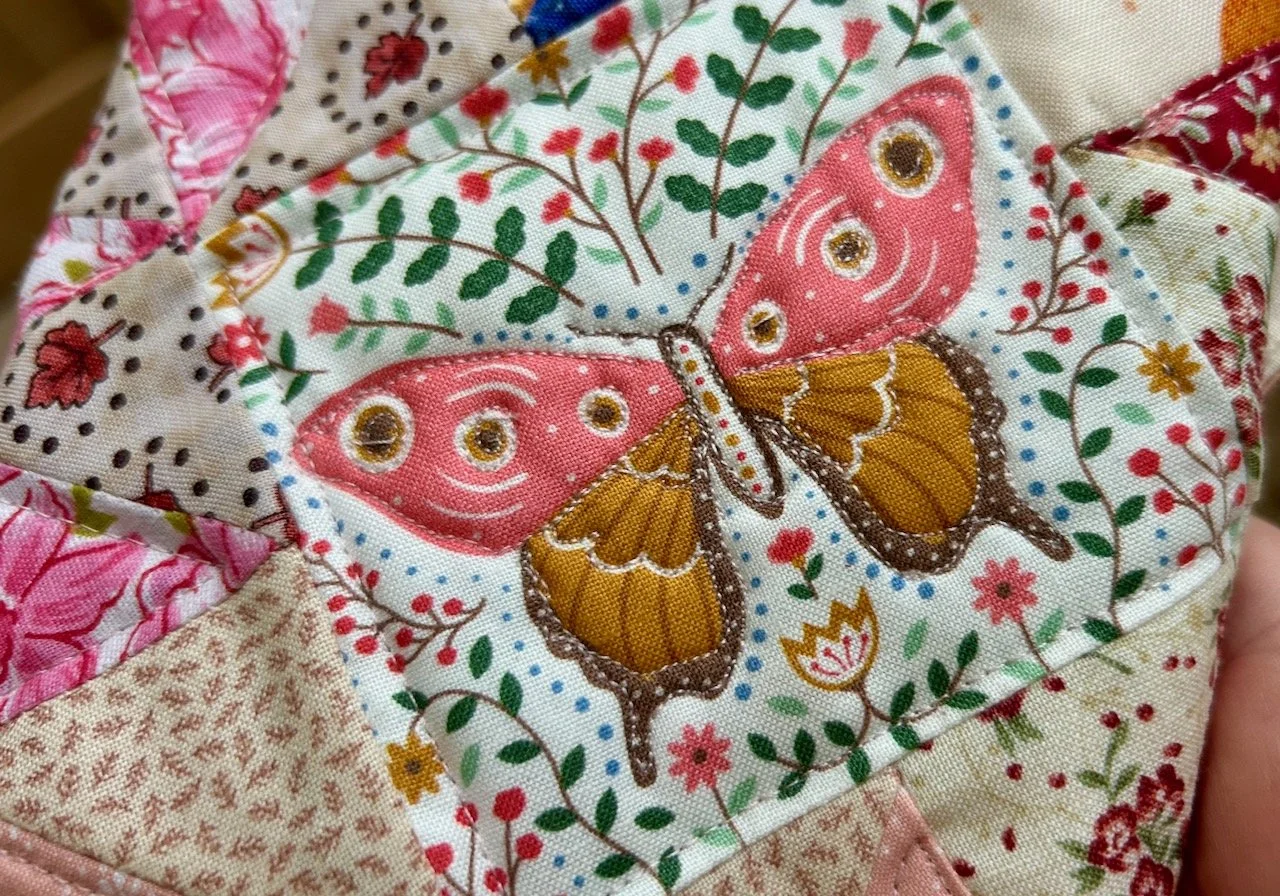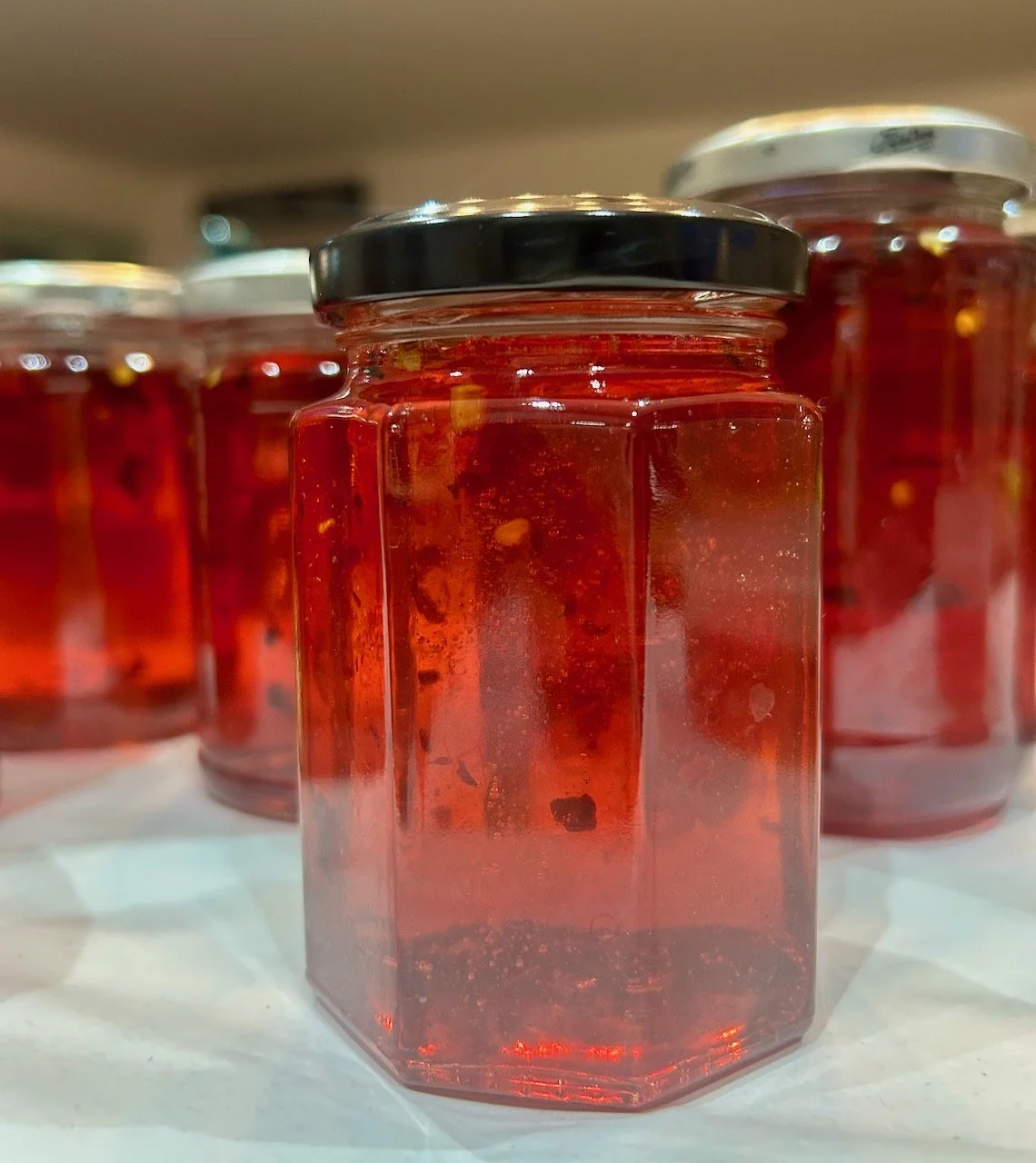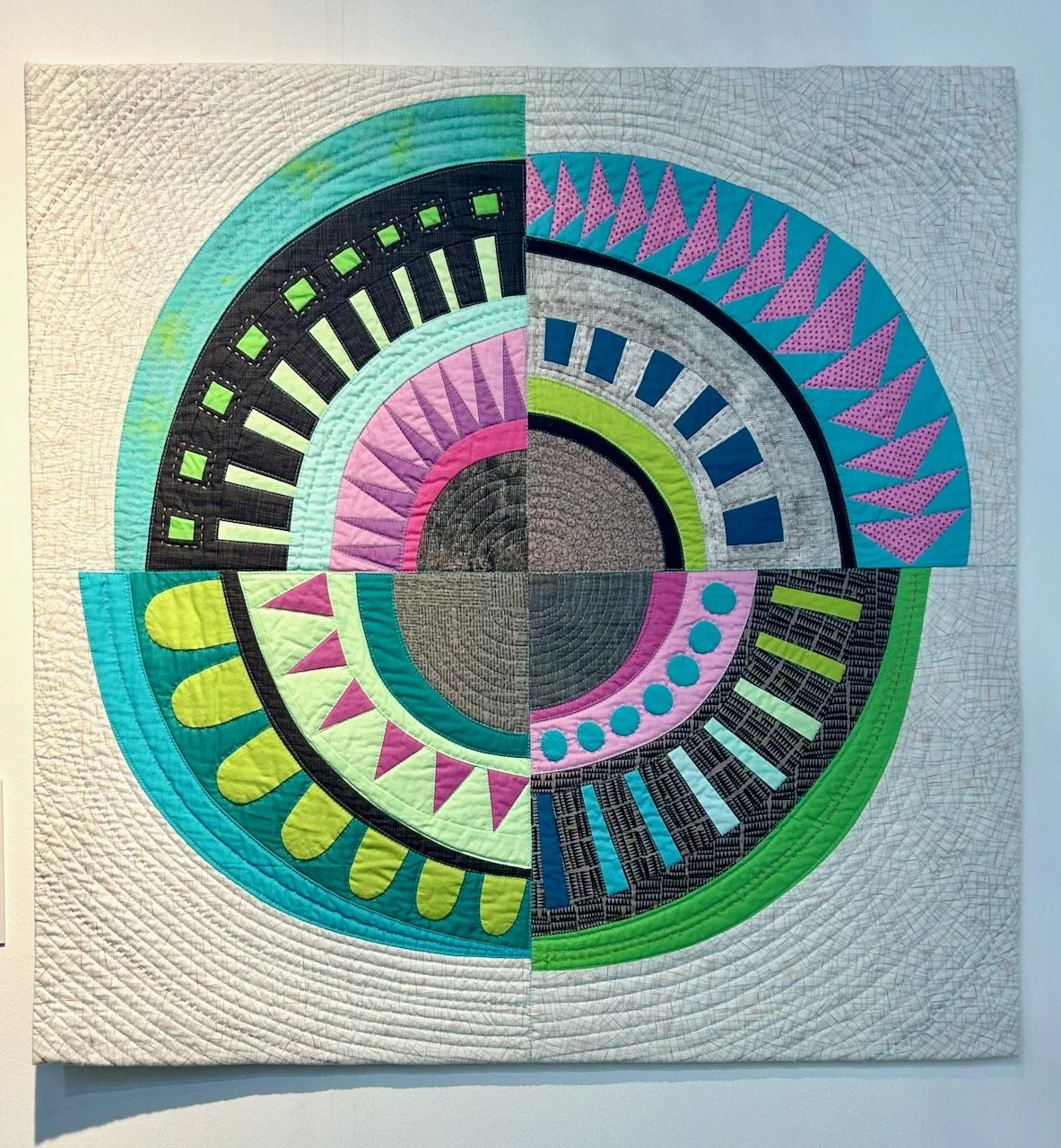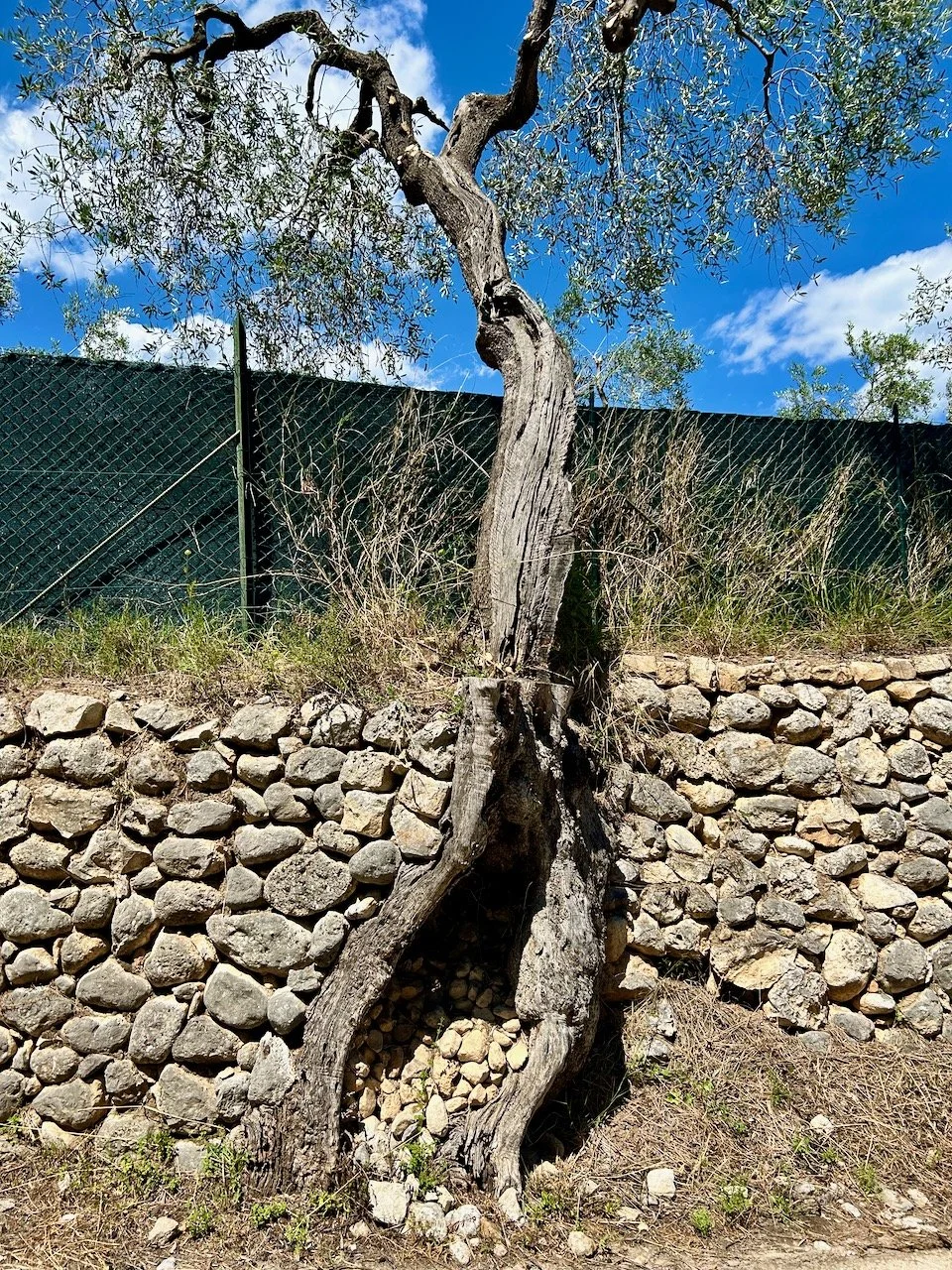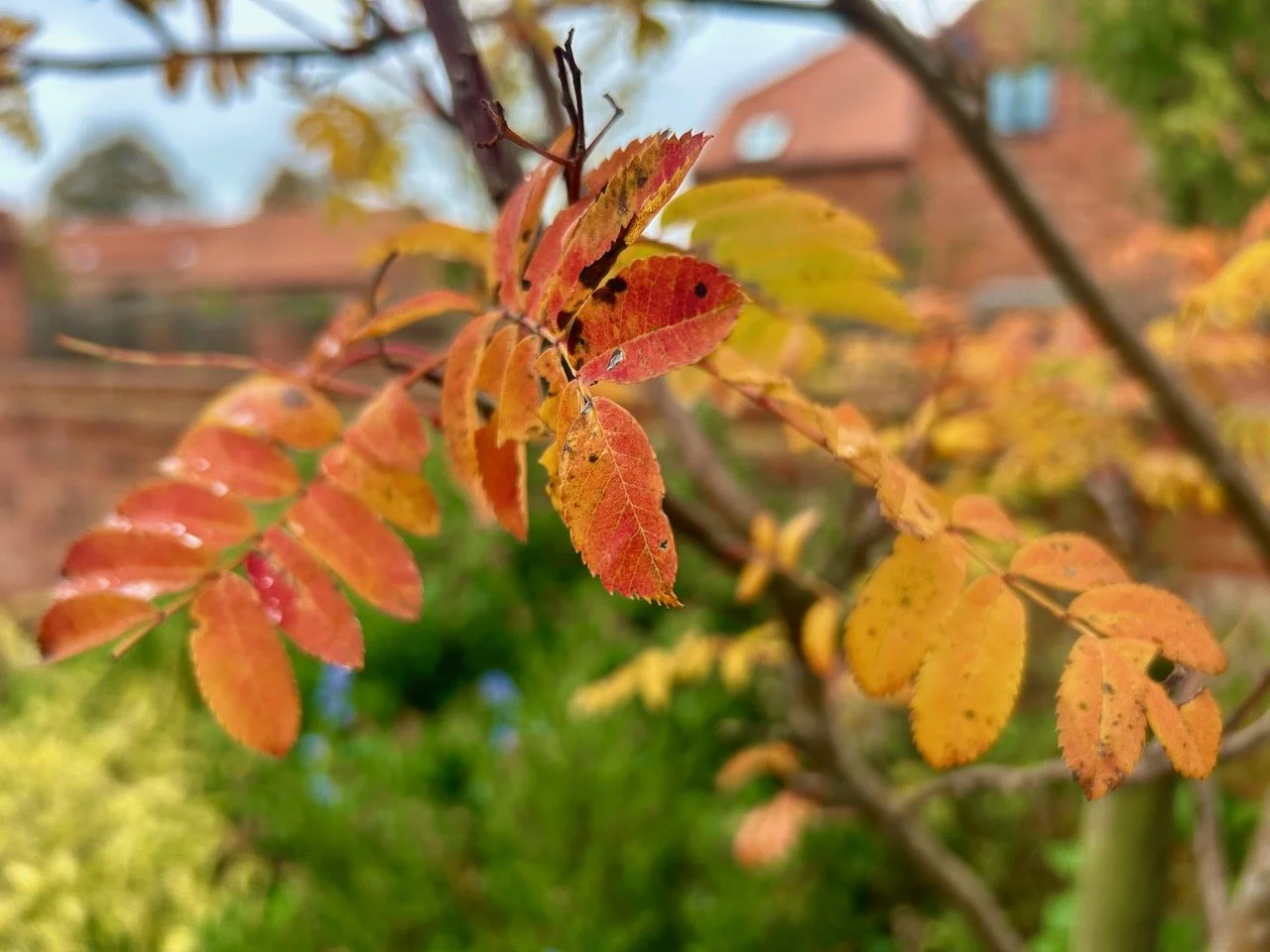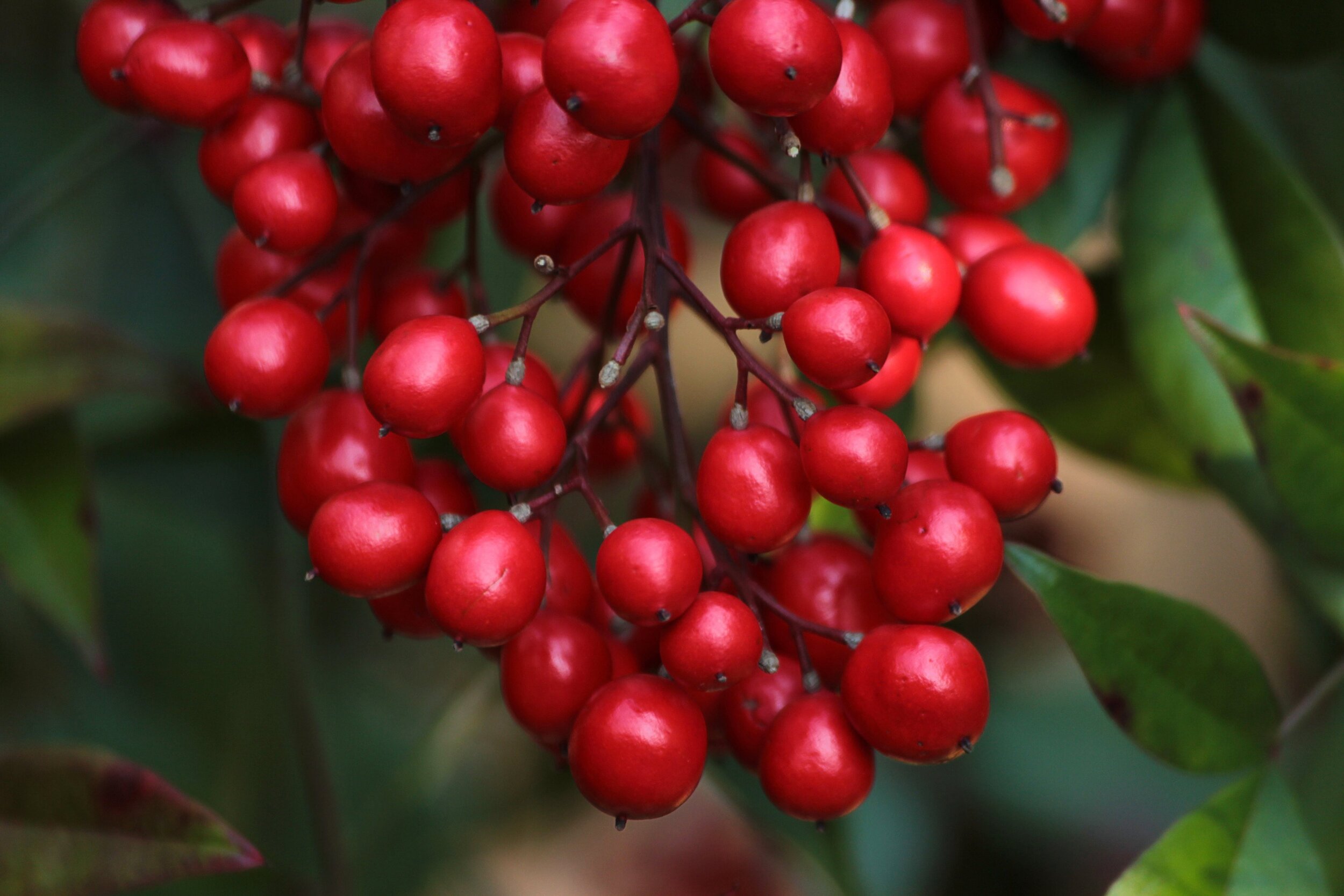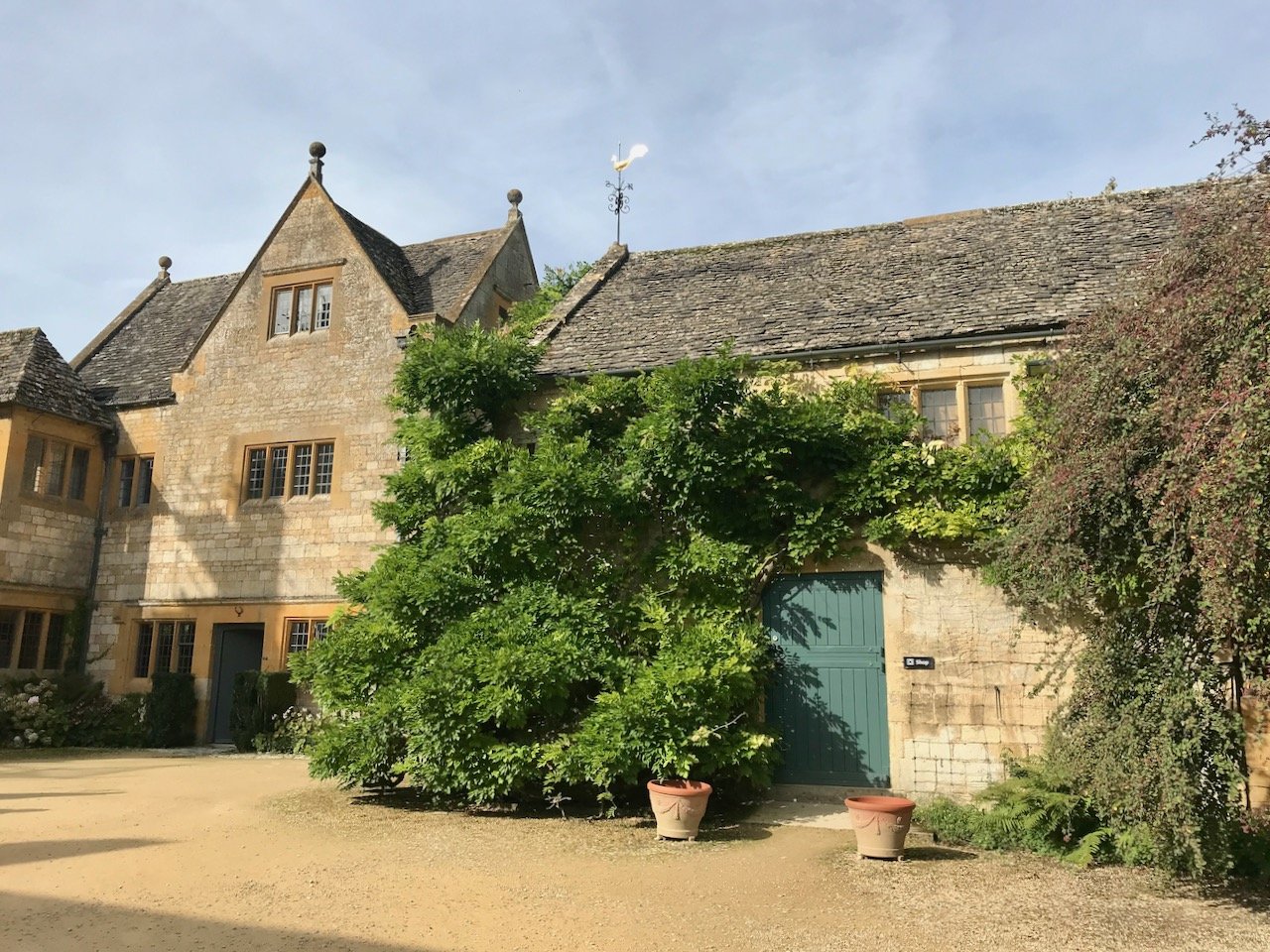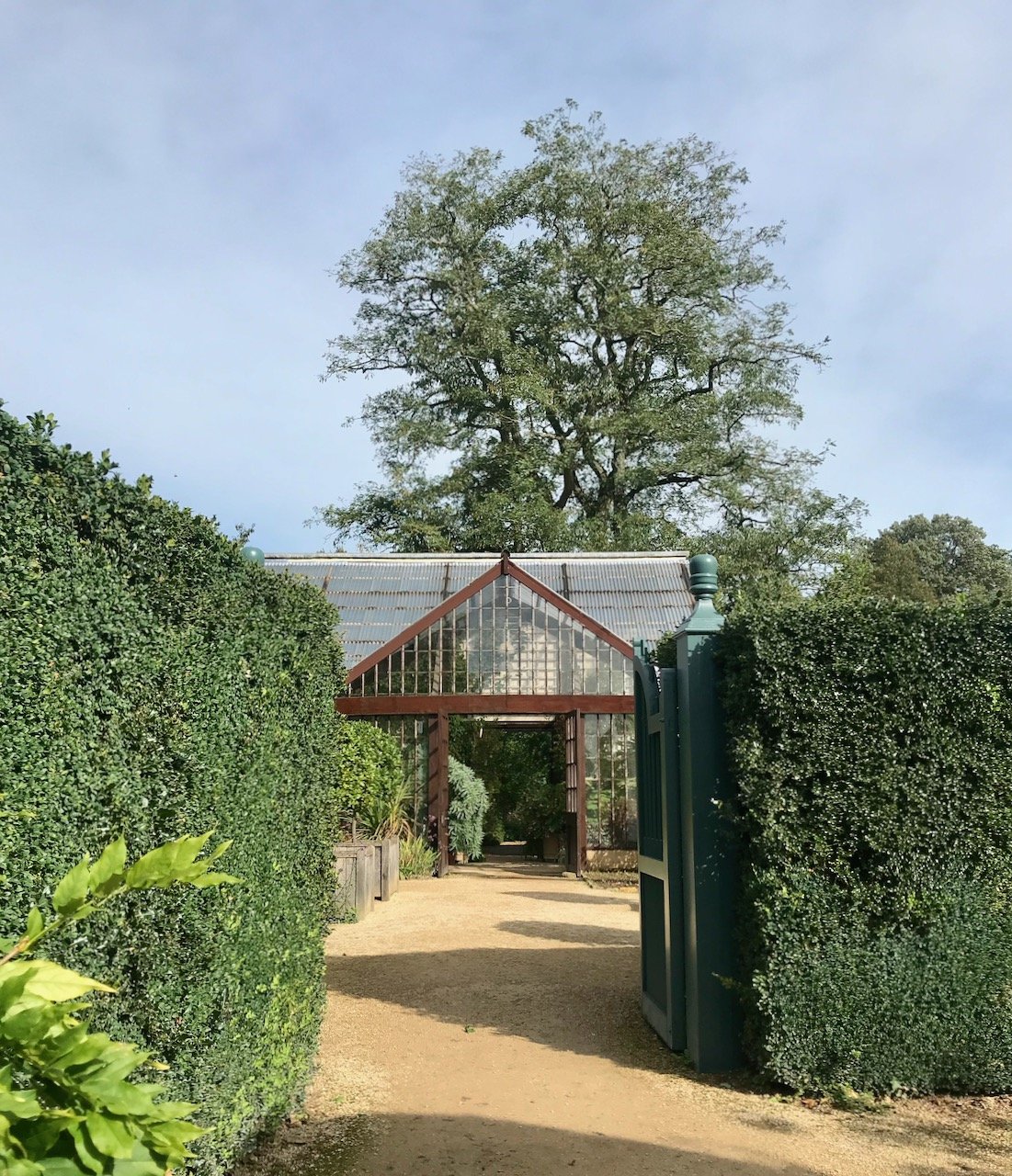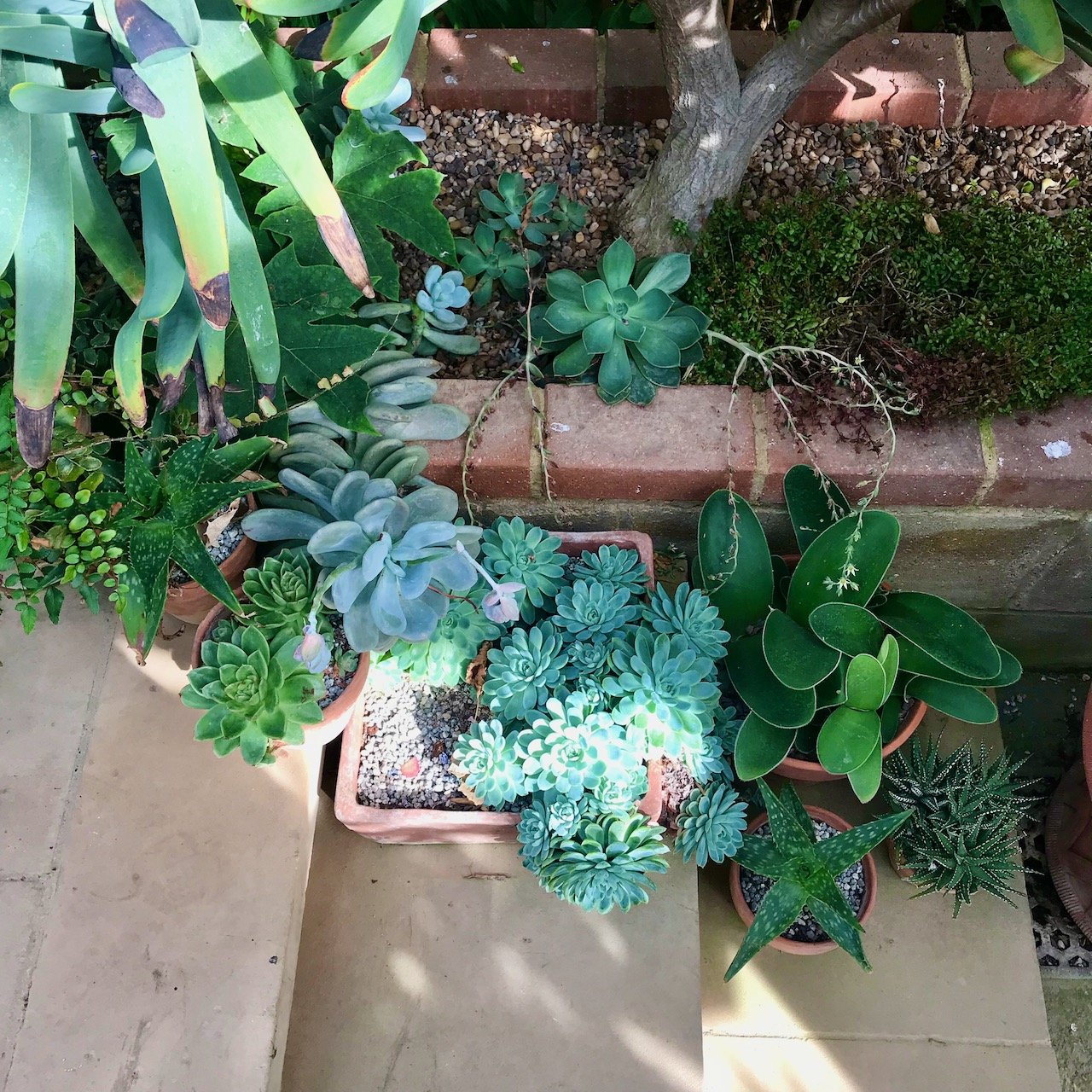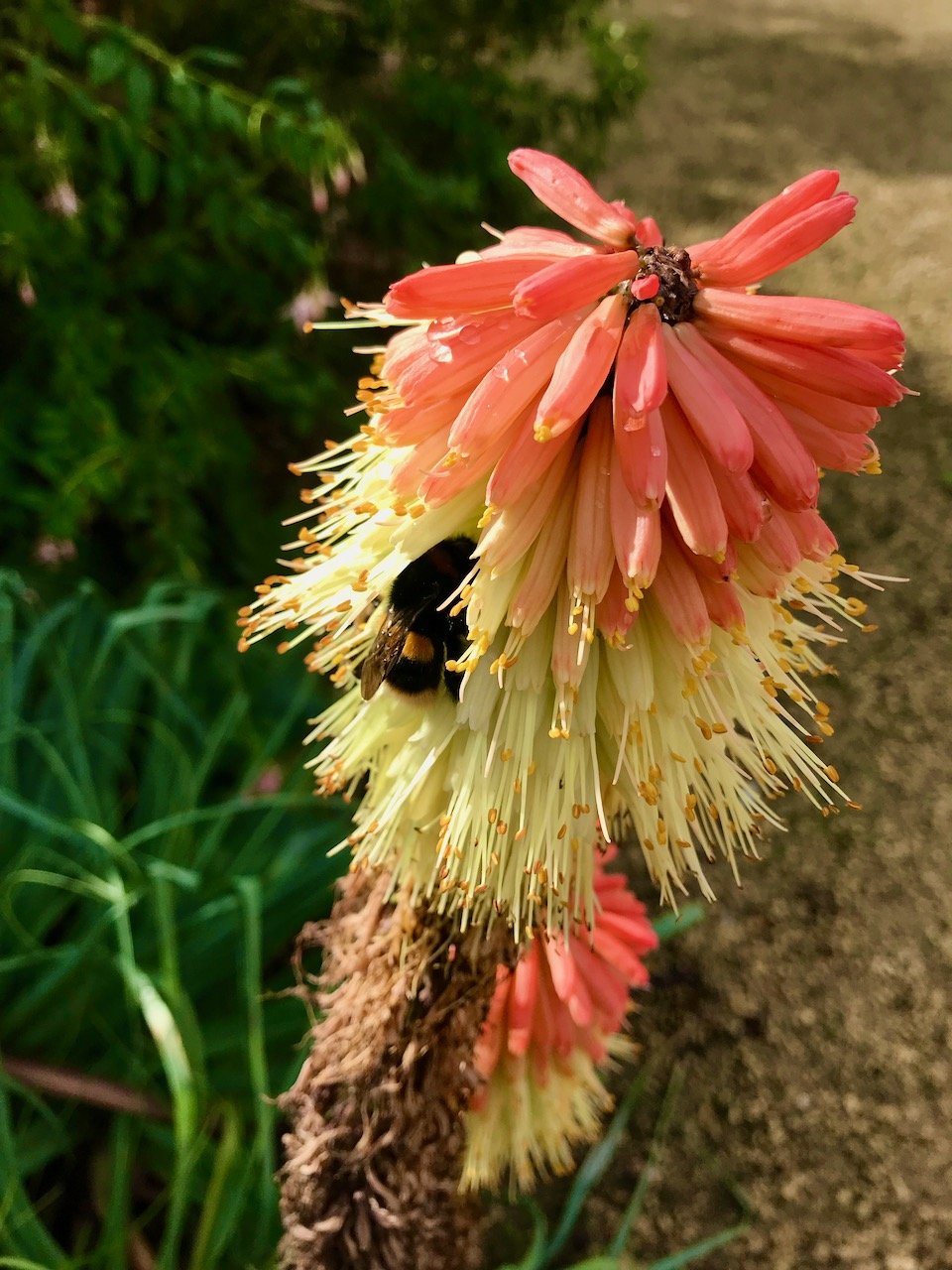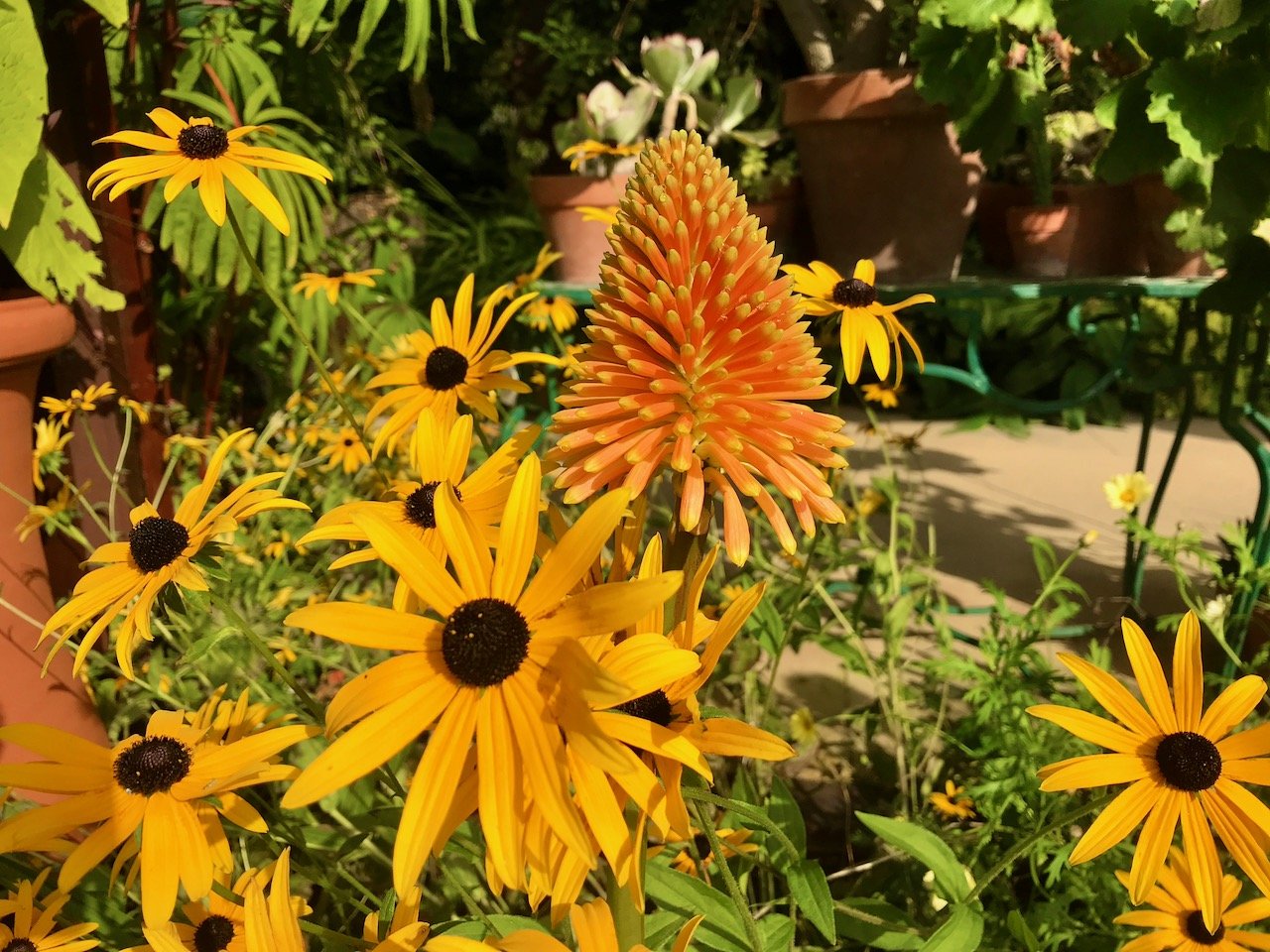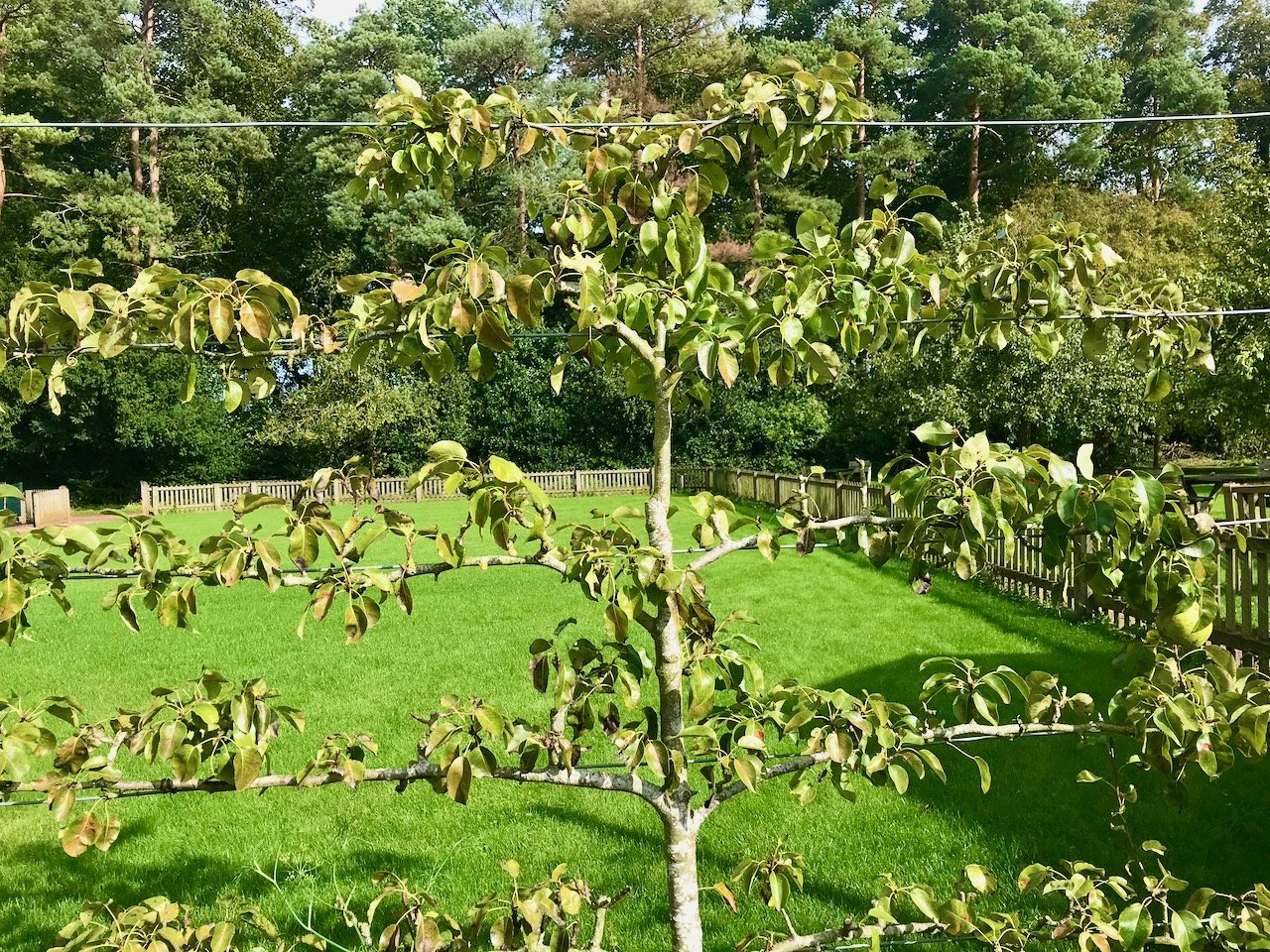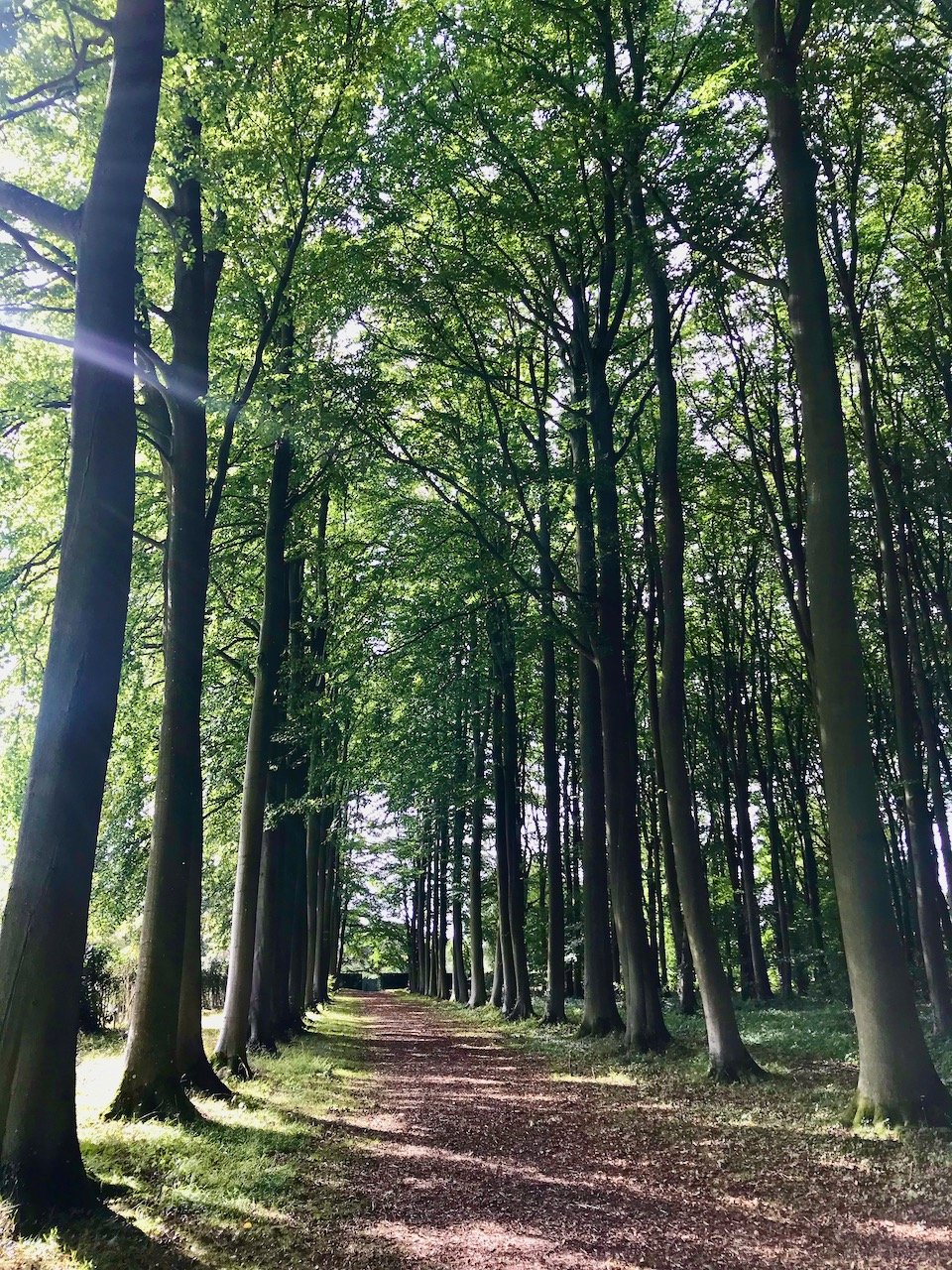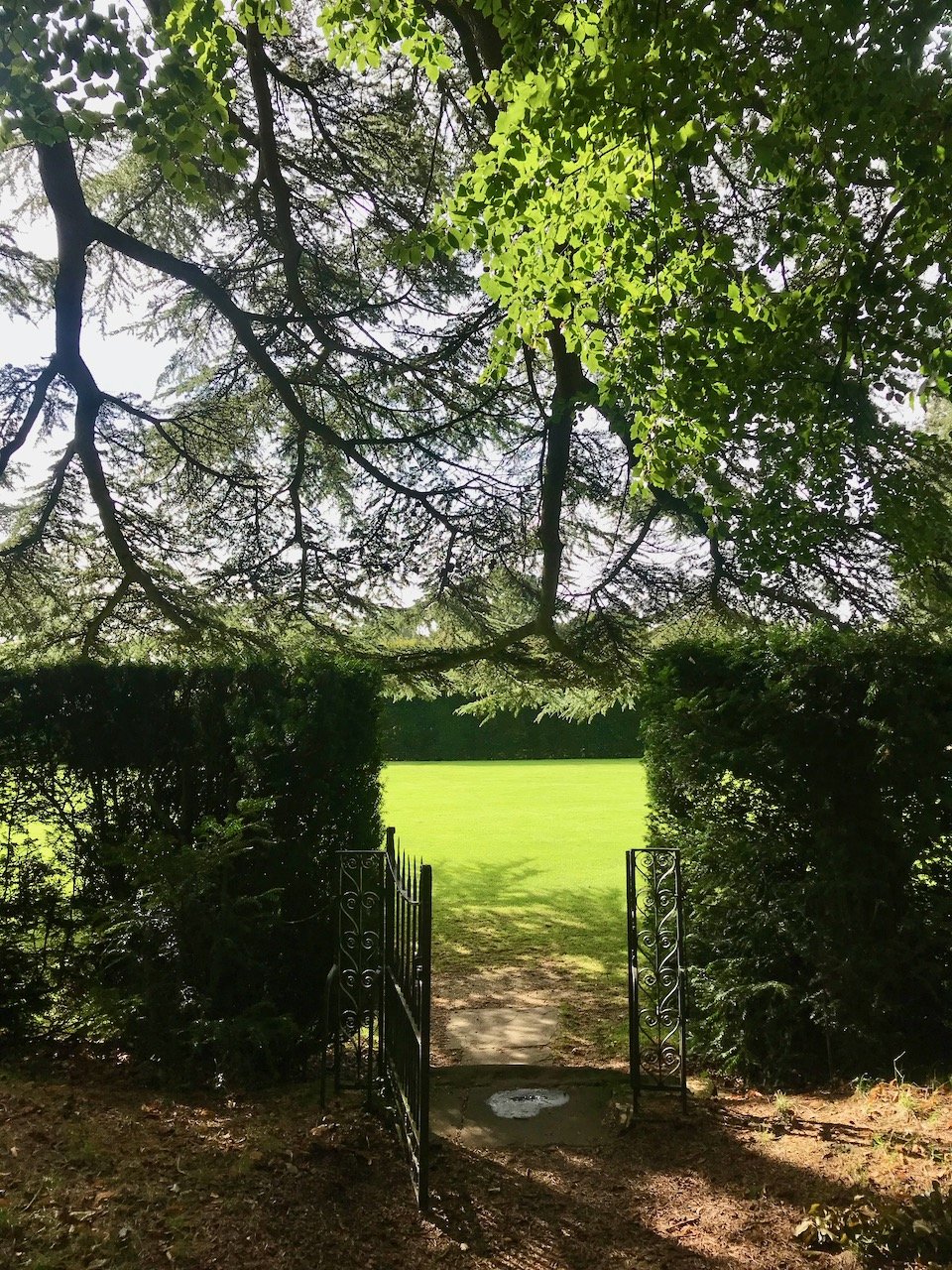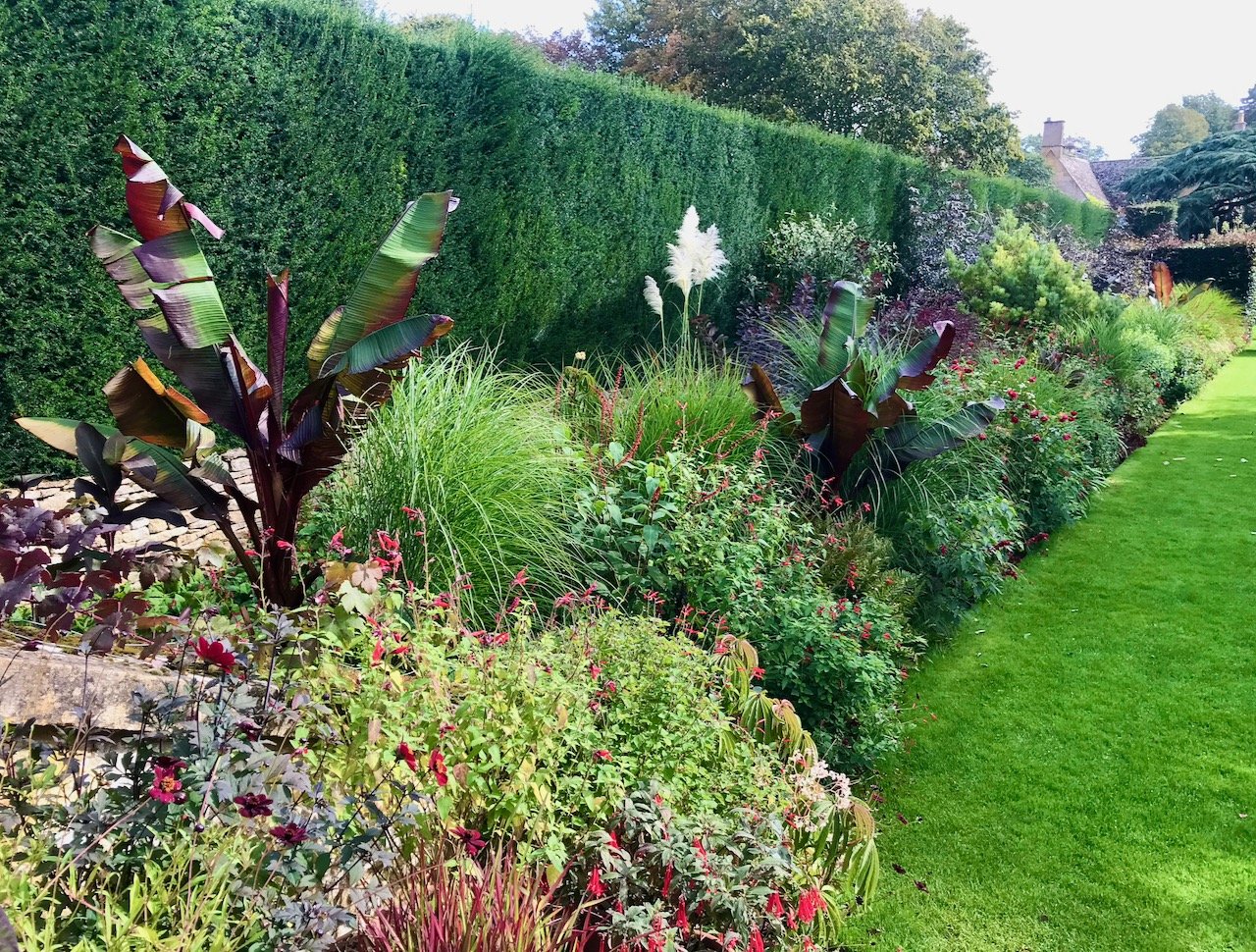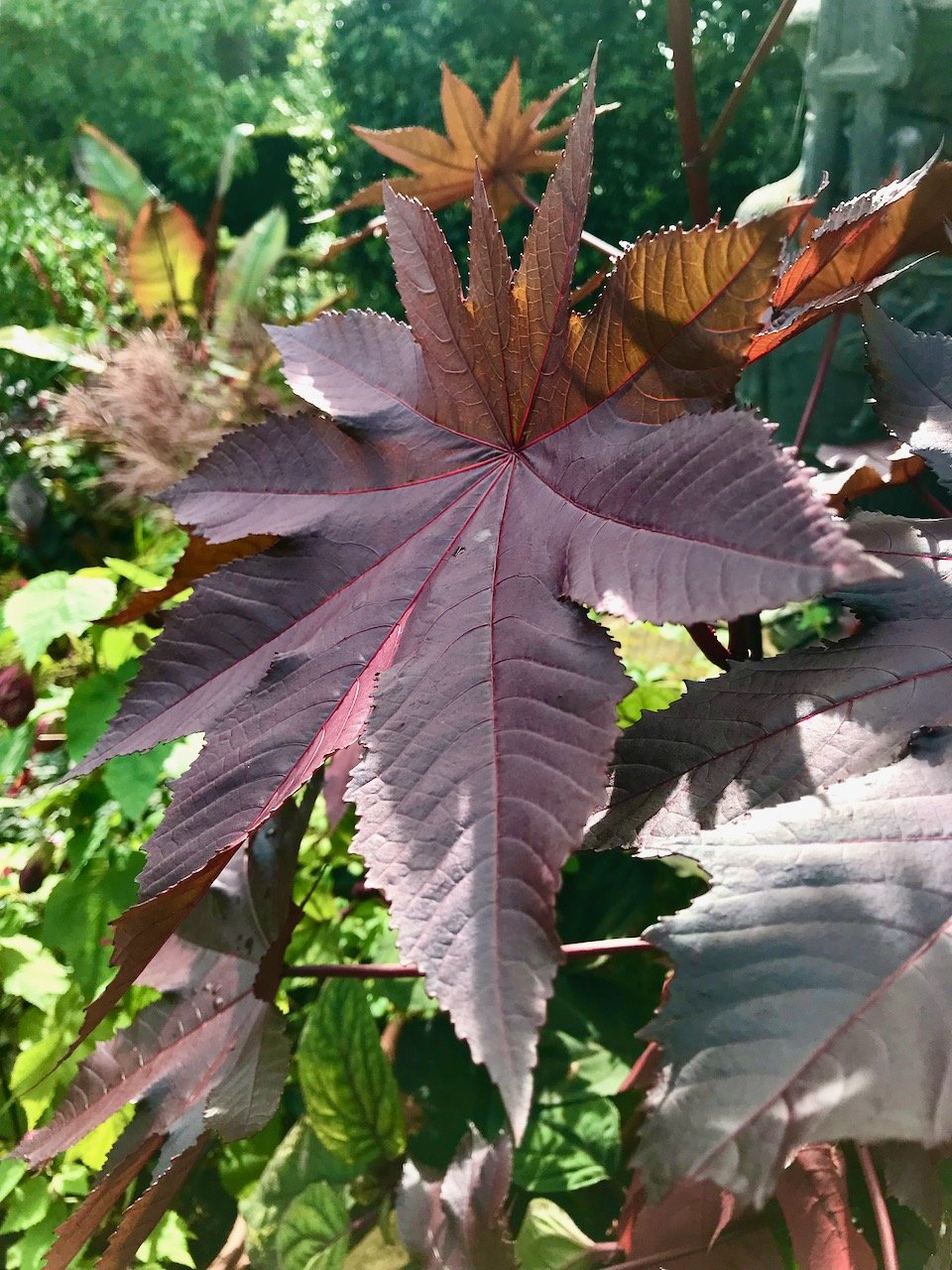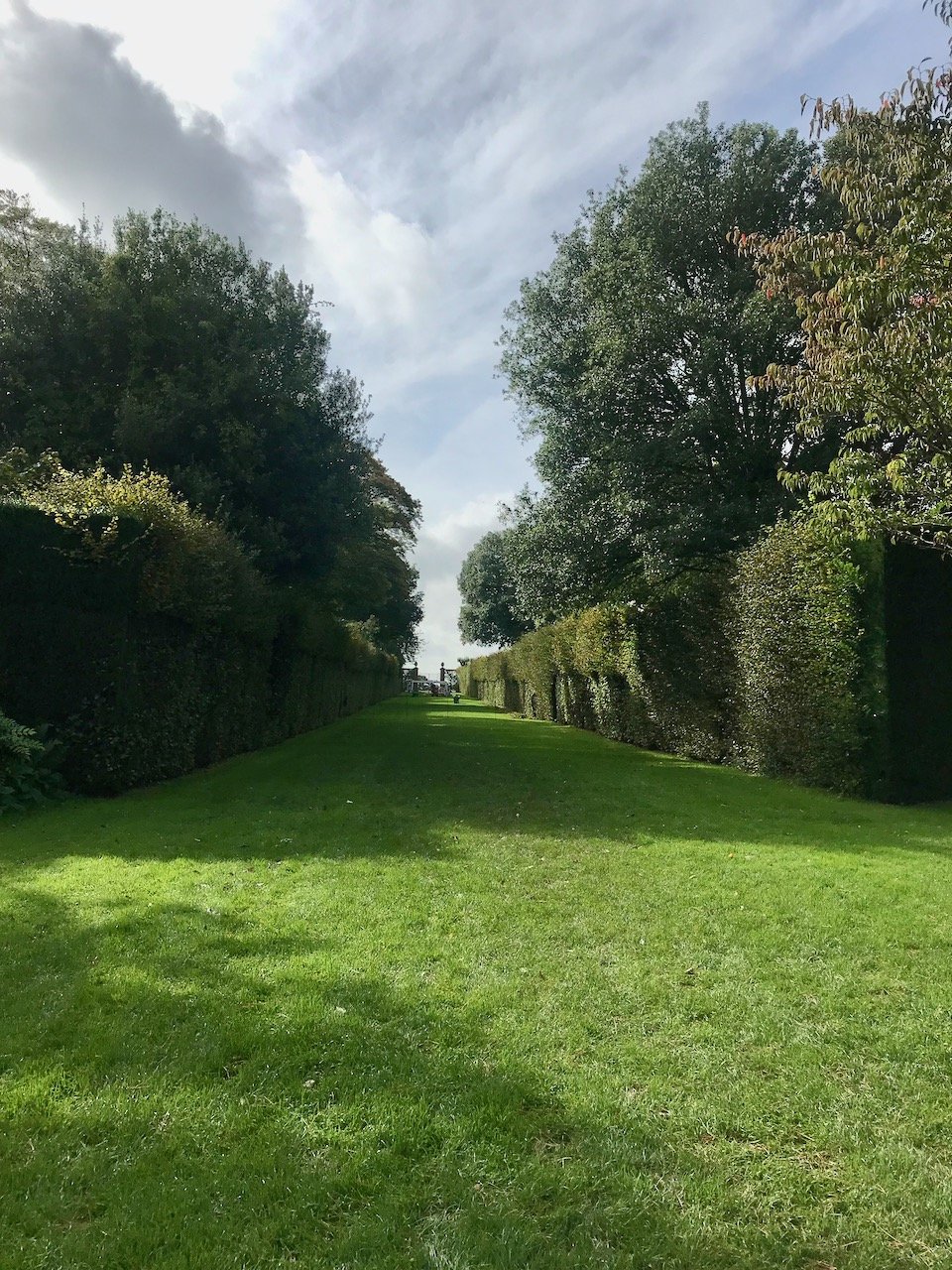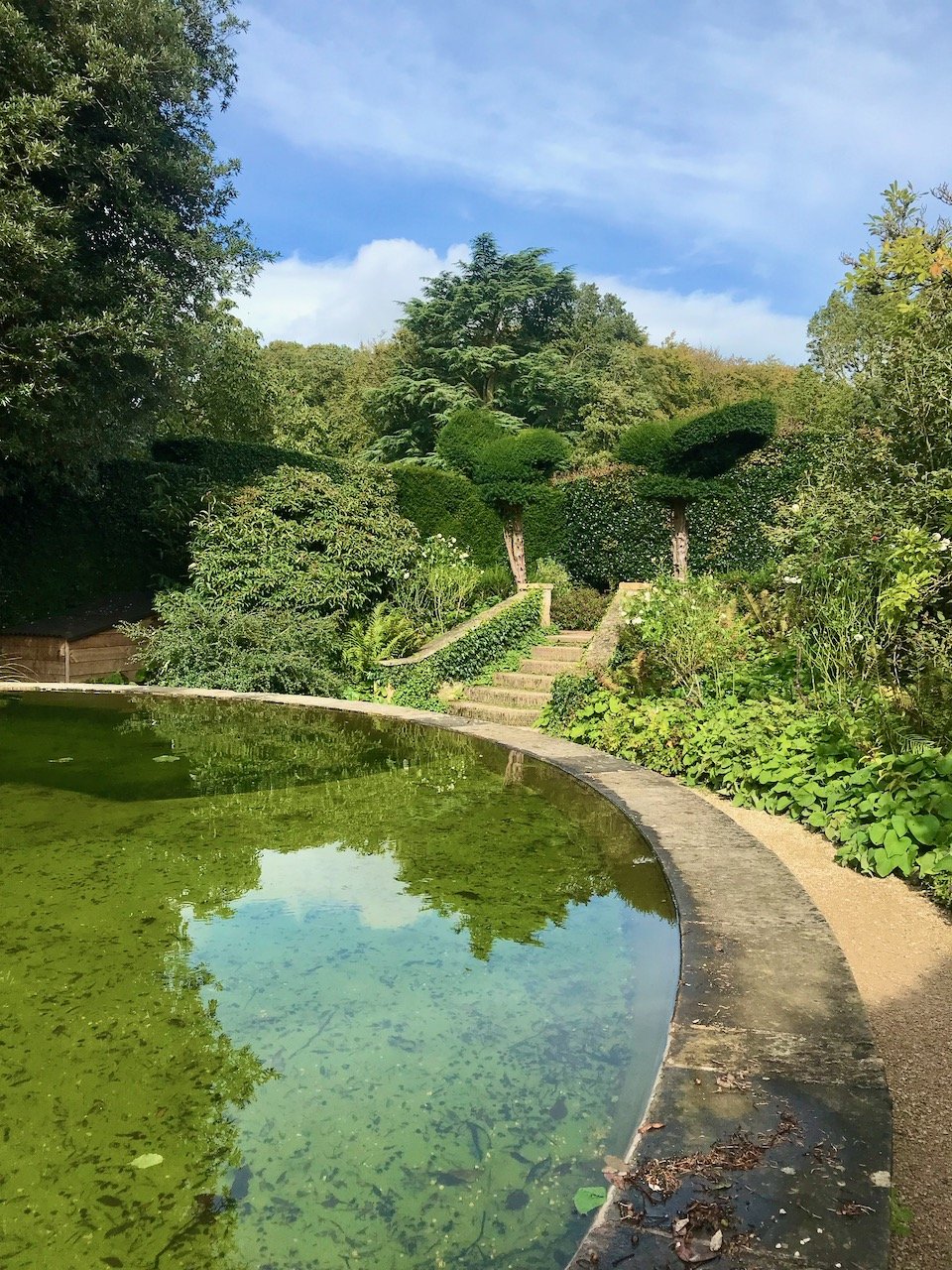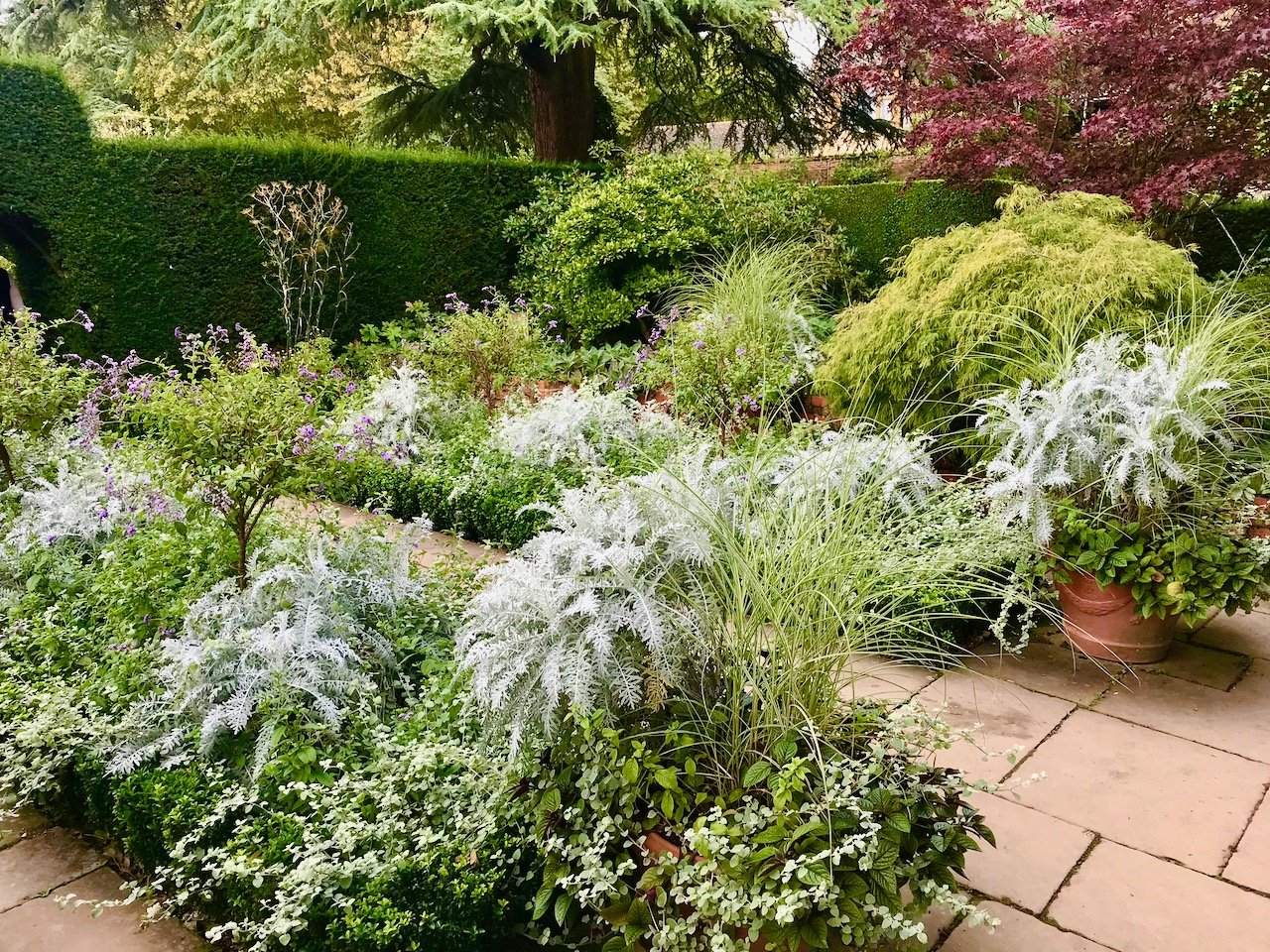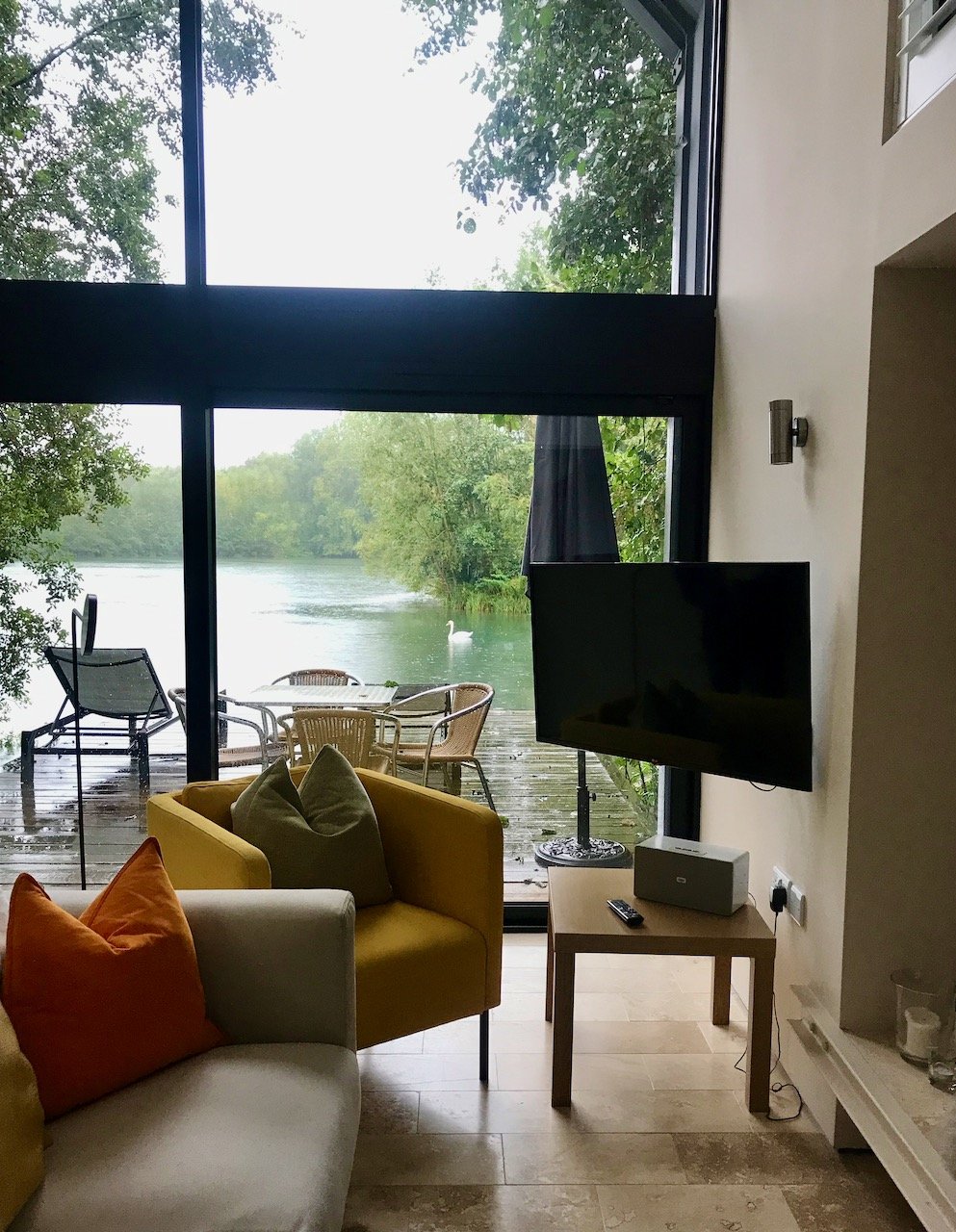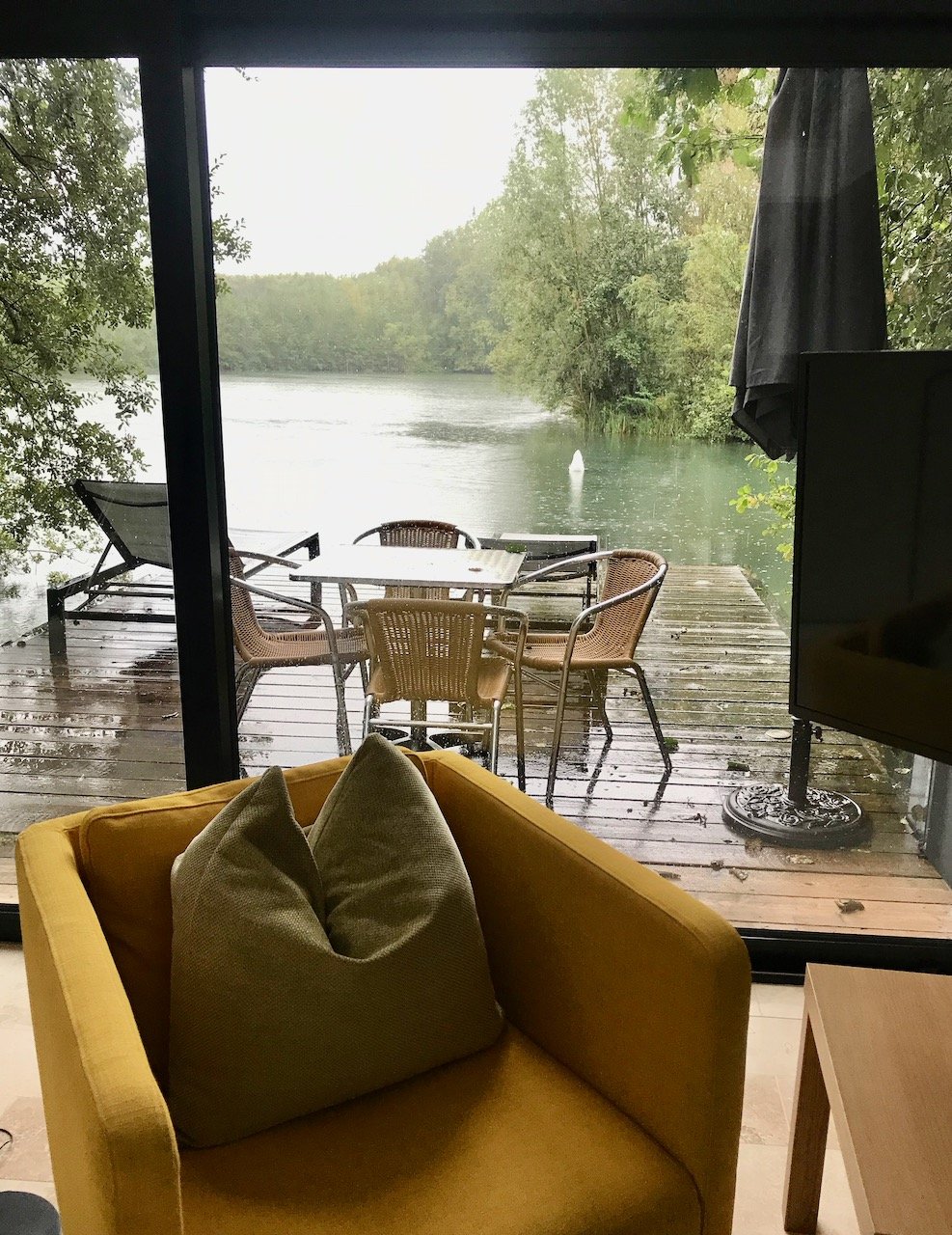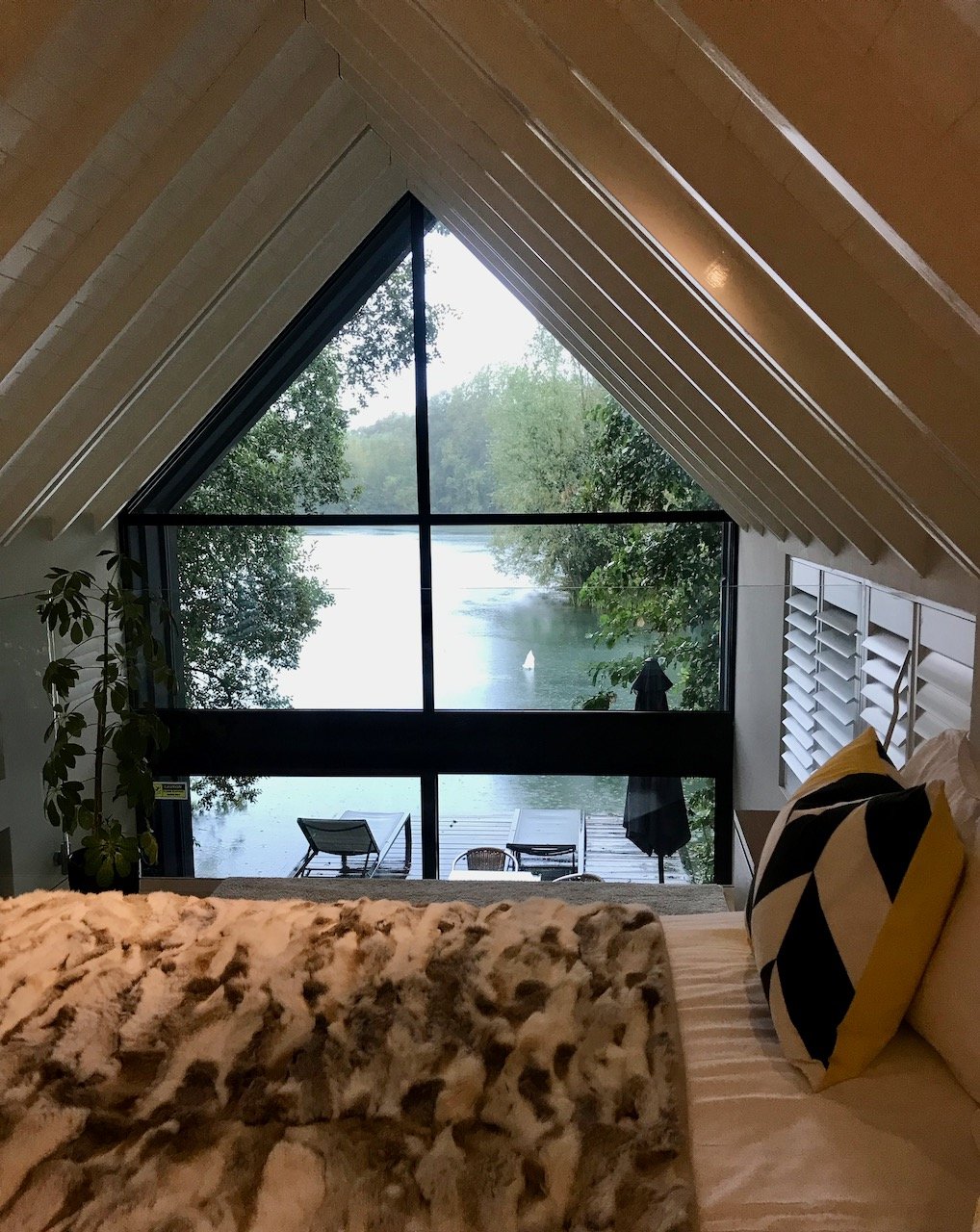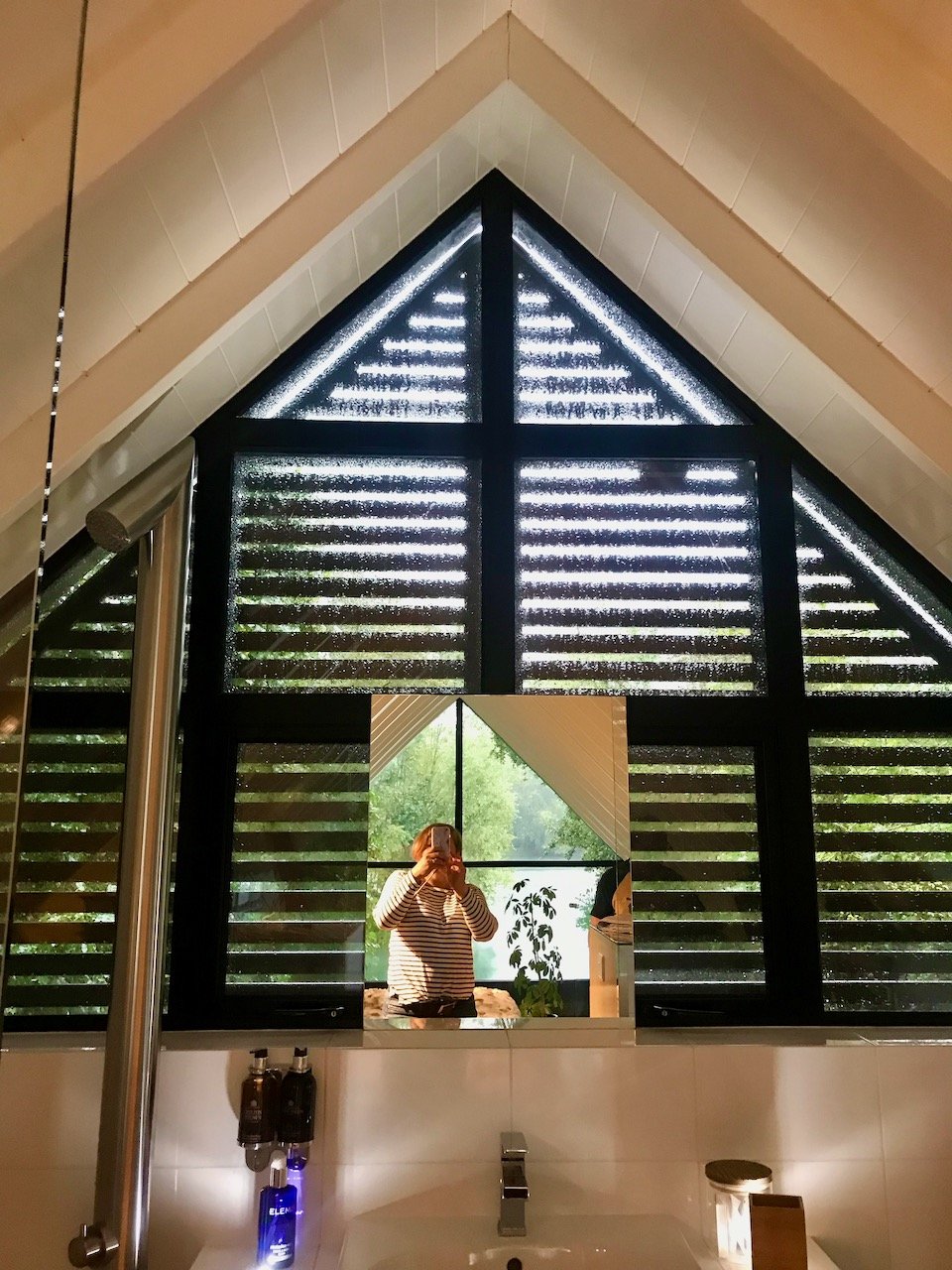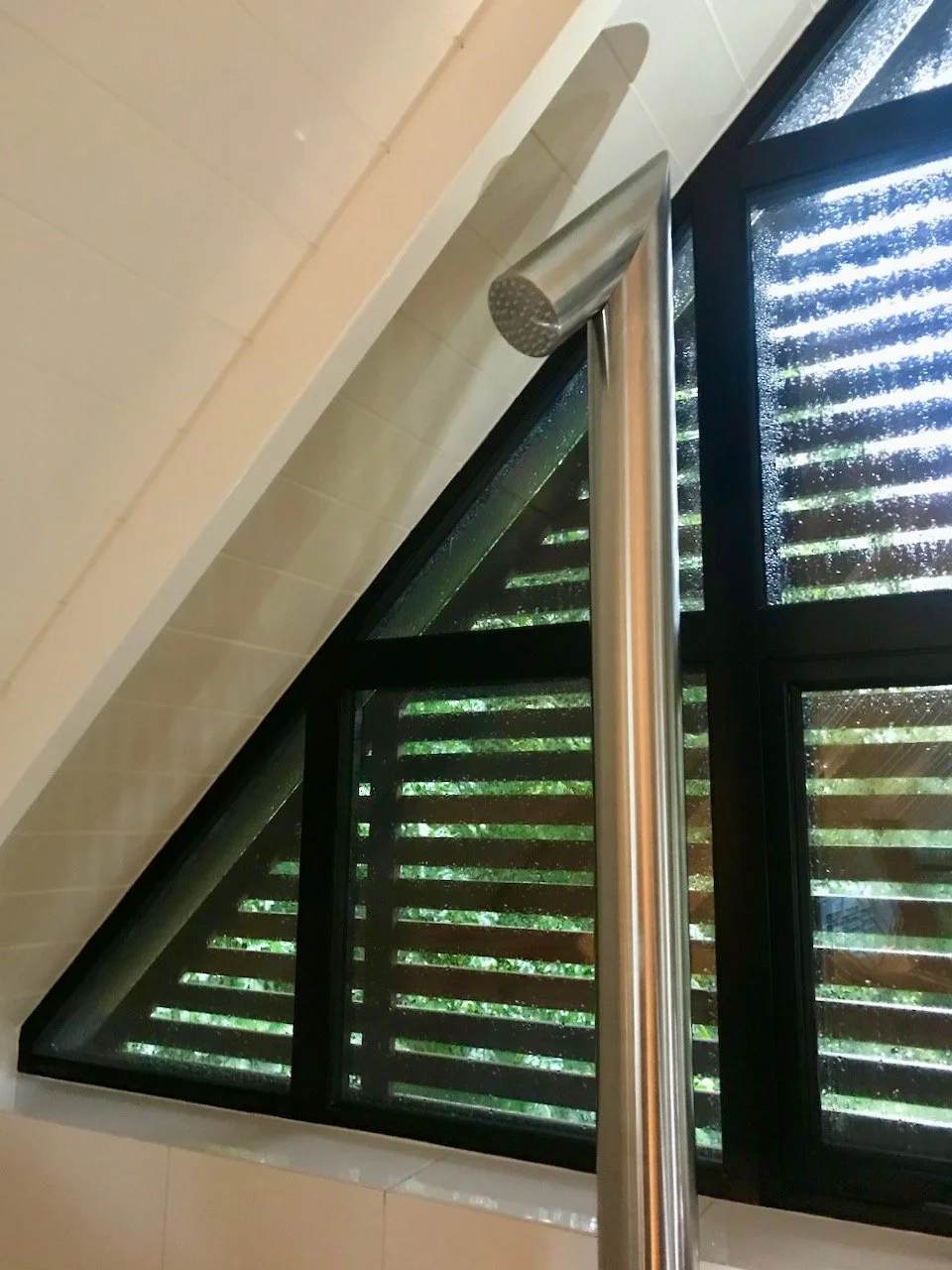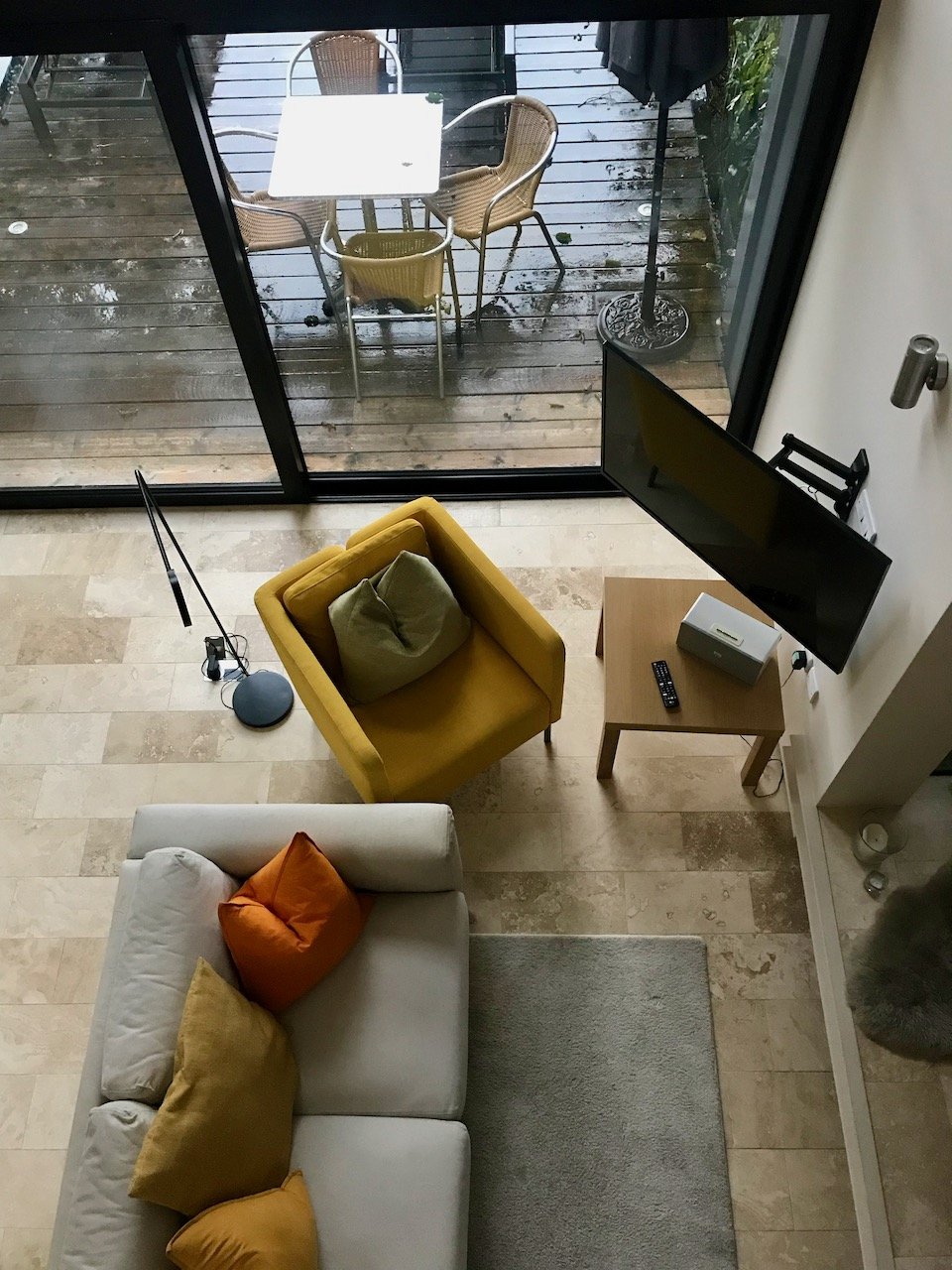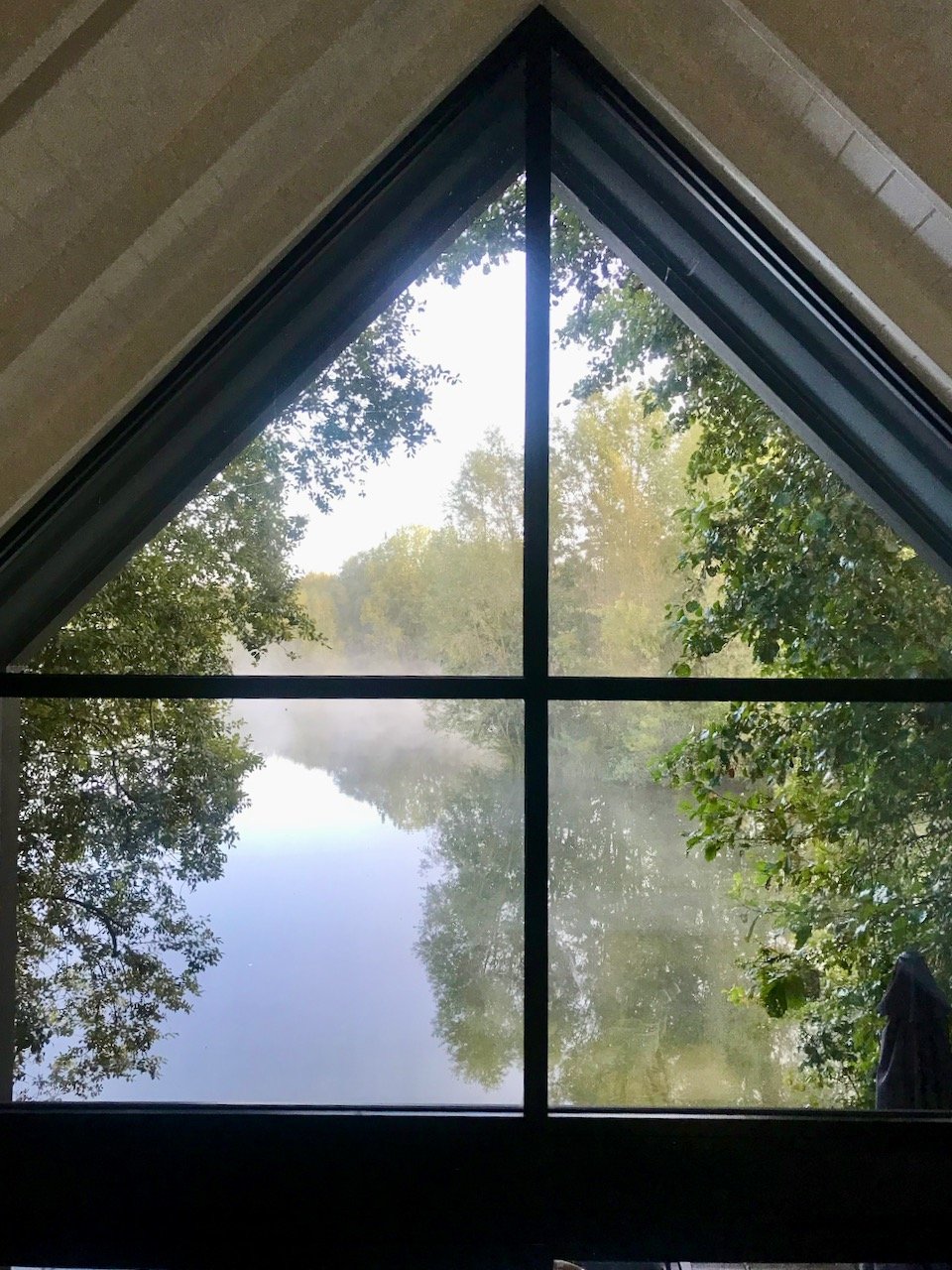Since we’ve moved to Nottinghamshire many of our regular journeys to visit family and friends have changed, understandably, and that’s meant our usual places to stop have also changed. Our journey to Devon no longer takes us along the A303 (a blessing!) but it means Marlborough and Stourhead aren’t en-route either, both are places which we love to visit.
But it does mean that we have a whole new series of towns, gardens and houses to get to know, and that’s how we came to visit Hidcote. We’d originally planned to stop on the way down, but due to the weather that was correctly forecast the garden was shut for the day, so with remarkably better weather on our return journey, we stopped and I think I’m just a little bit smitten.
Hidcote is ‘one of the country’s most celebrated gardens’ according to the leaflet handed to us as we entered, and it didn’t disappoint. It covers 10.5 acres and the spaces are both formal and intimate, and full of vistas - and plants - to admire. The garden was designed by Lawrence Johnstone in phases from 1907 to 1938, and the borders are full of newly discovered plants and exotic rarities from plant hunting expeditions from around the world. He gifted Hidcote to the National Trust in 1948, and it’s now a Grade I listed garden, which until our visit I didn’t know existed.
We weren’t surprised to be greeted by the typically honeyed cotswold stone, but the riot of colour alongside the cafe was perhaps not what we expected. Hidcote is one of those gardens where paths lead you to explore, with sights and colours pulling you through the garden - the map given to us as we entered was useful to identify which area we were in, but what I most liked about this garden was that there was plenty of spaces to start. Our starting point was clear, once I’d spotted the Plant House through the gate in the hedge…
Well, who wouldn’t want to explore further?
Inside the steel structured plant house there was so much to see, the plants, the structure itself let alone the stone planters of succulents nestled on the steps. And then there was the view over to the lily pond, which of course was beautifully framed by a vibrant yellow border. I’m so glad that we weren’t able to visit on the day we originally planned to, as seeing an all time favourite plant - the red hot pokers - on a warm, sunny September day was so much more worthwhile.
Somehow in driving rain I think the enjoyment would have been so much less! Especially for the bee which was having a quick nap.
But what colour, clearly being a bee here is hard work. But isn’t all this colour joyous?
There were signs of autumn throughout the garden as you’d expect - it was the very end of September after all.
There was also plenty of inspiration. I’ve included this espaliered fruit tree here to remind me that this is what I want to do with the peach tree from dad, and to remind me that I still haven’t created a square frame from canes to start to train it into this shape.
In the potting shed, I turned to MOH and said this is what I want my tiny greenhouse to be like. I’m not sure he got it as, well I won’t have this kind of shelving unit, but I will have the terracotta pots and the plan for the tiny greenhouse is to be pretty as well as functional, but it won’t be industrial functional as there just won’t be the room.
After a walk through the orchards and productive garden we turned and headed back on ourselves through the Beech Allee, and what a walk that was. Again made by the dappled sunlight streaming through the trees. Completely uplifting and again joyous.
Walking through the iron gate, again set into a hedge, we found ourselves on the Great Lawn, heading towards the Red Borders, which as you’d expect from the name, had predominantly red leaved and red flowering plants.
The Long Walk, again aptly named, was bordered by hedges which the gardening team were cutting. It takes five months, with four gardeners working each week day, to cut these hedges which given the amount of time it takes are only cut once a year. If it takes this long now, with modern equipment, I can’t imagine how long it would have taken beforehand.
We wandered around spotting the bathing pool (above) and the vista towards the old garden below, with its magnificent cedar tree. We meandered through paths eventually finding ourselves under the tree and walking through the white garden with its silver leafed plants really helping this garden live up to its name.
So definitely a garden full of colour, and one I’m pretty sure we’ll be back to as well.

